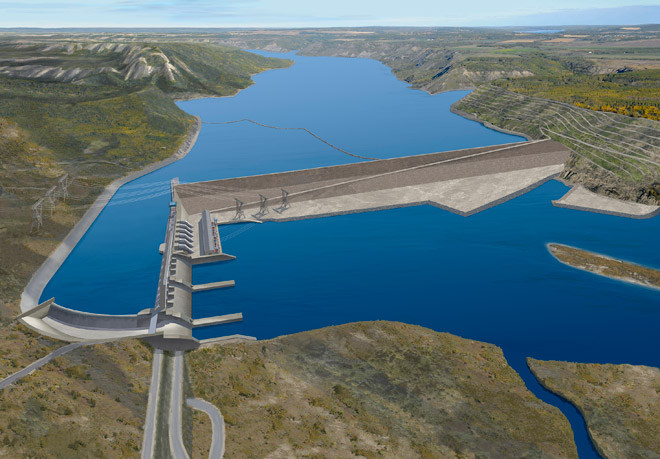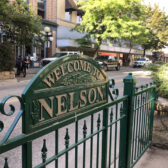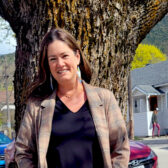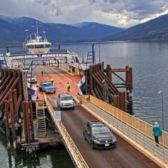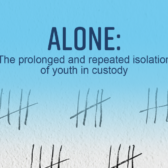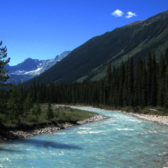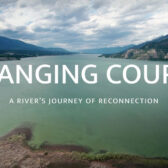Thousands of earthquakes near Site C dam and mounting 'geotechnical problems' at project warrant public inquiry — CCPA
The BC government should immediately appoint an independent panel of geologists and engineers to assess the ongoing geotechnical problems at Site C and whether the unstable ground at the dam construction site could be further compromised by the thousands of fracking-induced earthquakes occurring nearby, says the Canadian Centre for Policy Alternatives.
“It is absolutely essential that the BC government address the serious problems at Site C and determine once and for all whether it is prudent public policy to allow natural gas industry fracking operations to occur anywhere in the Peace River region, given the thousands of earthquakes linked to fracking,” says CCPA resource policy analyst Ben Parfitt.
“The best way for the government to make an informed decision is to appoint a panel under the Public Inquiry Act,” Parfitt added, “and for any proposed engineering changes to be delayed until that panel reports.”
The CCPA made the call today after releasing a report and maps that show for the first time where more than 6,500 earthquakes associated with natural gas industry fracking operations occurred in the Peace River region in 2017 and 2018 alone, and how almost all of those earthquakes occurred in a highly sensitive zone just south of the Site C dam.
One of those earthquakes — a 4.5 magnitude event — occurred in November 2018 and shook the ground so hard that workers at the Site C project were immediately ordered to evacuate.
The zone is called the Kiskatinaw Seismic Monitoring and Mitigation Area and is underlain by numerous faults that an independent team of geoscientists warned the provincial Oil and Gas Commission a year ago can become “critically stressed” during fracking operations, leading to earthquakes. Some of those same faults trend toward the Site C project.
In January, the CCPA released two reports based on documents obtained through a Freedom of Information request to BC Hydro, which showed how both dam safety officials and engineers at the Crown corporation had concerns about earthquakes in the vicinity of its two existing dams on the Peace River—the W.A.C. Bennett and Peace Canyon—and Site C.
Around that same time, BC Hydro learned of a host of “geotechnical problems” at the Site C project where the dam has only been partially built. Its projected construction costs have ballooned from an initially estimated $6.6 billion to $12 billion.
The cost may climb further still, thanks to serious problems that have now come to light involving key components of the dam including massive buttresses where hundreds of thousands of tonnes of roller-compacted concrete are already in place.
BC Hydro later told the BC Utilities Commission that a number of major “enhancements” to the project will be needed including: “design changes for the roller-compacted concrete core buttress to enhance the foundation with anchors, additional grouting for the earthfill dam and a shear key for the right bank of the earthfill dam.
Additional foundation enhancements include improvements to the spillways and powerhouse roller-compacted concrete buttresses. Several options are being evaluated against Project criteria, including improvements to the drainage within the rock and changes in the design of the approach channel.”
“The public needs to know why such significant changes are needed now, five years into construction of the project,” Parfitt says.
“Why does BC Hydro now believe that key components of the dam that are already in place are somehow in jeopardy?
Are there physical signs of stress, such as cracks, in these massive works? If so, when did they occur and what does BC Hydro believe are the underlying causes of the stresses?
Can those problems realistically, safely and cost-effectively be fixed?
Or is it time to scrap the project?
Could earthquake after earthquake nearby the site make things worse than they already are or scuttle any potential fixes?
These are all questions that the public deserves answers to in light of the escalating costs and potential risks at the Site C project,” Parfitt adds.



